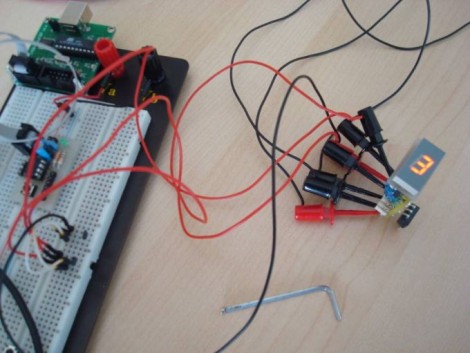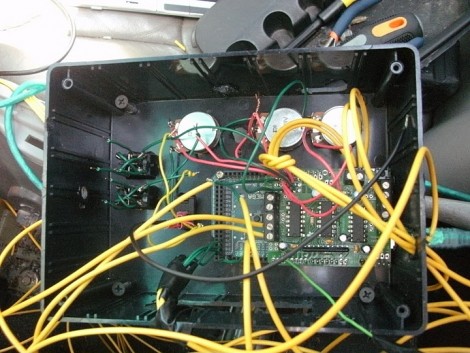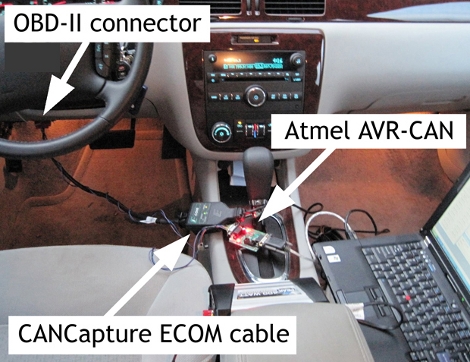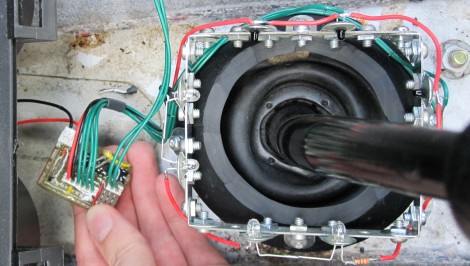
We’ve had a few folks send us info about their vehicle display hacks after seeing [Will O’Brien’s] motorcycle computer a few days ago.
On the left we have a display for an electric vehicle. [S1axter] is using a 4.3″ TFT screen to display charge information for each battery cell in the car. An ATmega88 collects the data and sends it to a breakout board with an LCD controller on it.
To the right is a display from a Formula Student project. a Matrix Orbital GLK19264-7T-1U LCD display provides a lot of real estate for displaying data. Right now [Alan] is still in the early prototyping stages, but the video after the break demonstrates the RPM readout using a function generator. It’s not shown in the video, but he tells us that he’s since tried it out with the engine and has a PIC 16f877 reading temperate data from the electronic control transmission sensors in addition to the RPM data.
Correction: Thanks to [j] for correcting our mistake. This is a Formula Student car.
Continue reading “Vehicle Information Display Hacks” →
















